What is actually the so-called metaverse? The metaverse is a shared 3D virtual world (or worlds) that are interactive, immersive, and collaboratively shareable. Just as the physical universe is a collection of real worlds connected in space, the metaverse can also be thought of as a collection of 3D virtual worlds. Massive online social games like the Battle Royale juggernaut Fortnite and user-created virtual worlds like Minecraft and Roblox already reflect some elements of this idea.
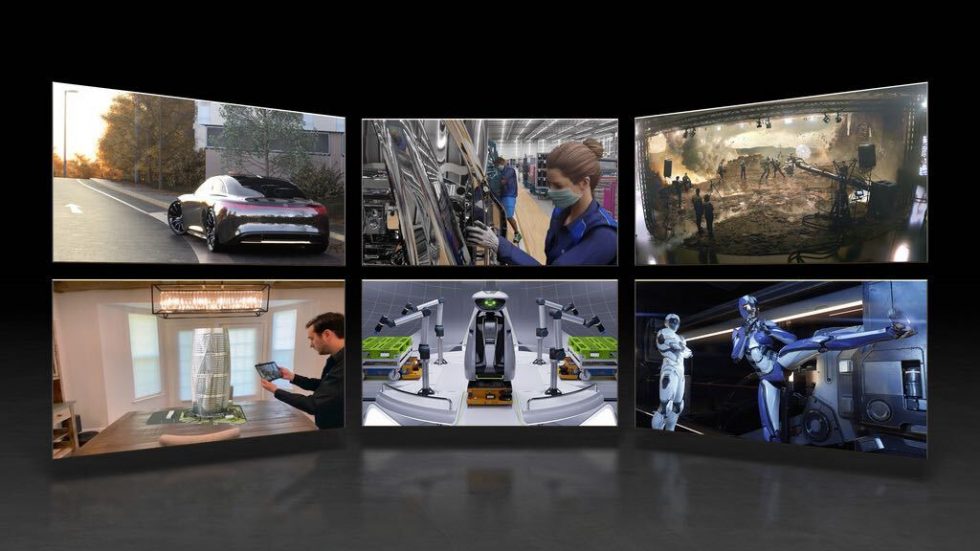
Videoconferencing tools that connect far-flung colleagues amid the global COVID pandemic are another indication of what’s to come in the foreseeable future. But that’s far from all. The metaverse is becoming a platform that is not tied to a specific app or location – digital or real, explains Rev Lebaredian, vice president of simulation technology at NVIDIA. And just as virtual places will be persistent, so will the objects and identities of those who move within them, so that digital goods and identities can move from one virtual world to another, and with augmented reality, even into our world.
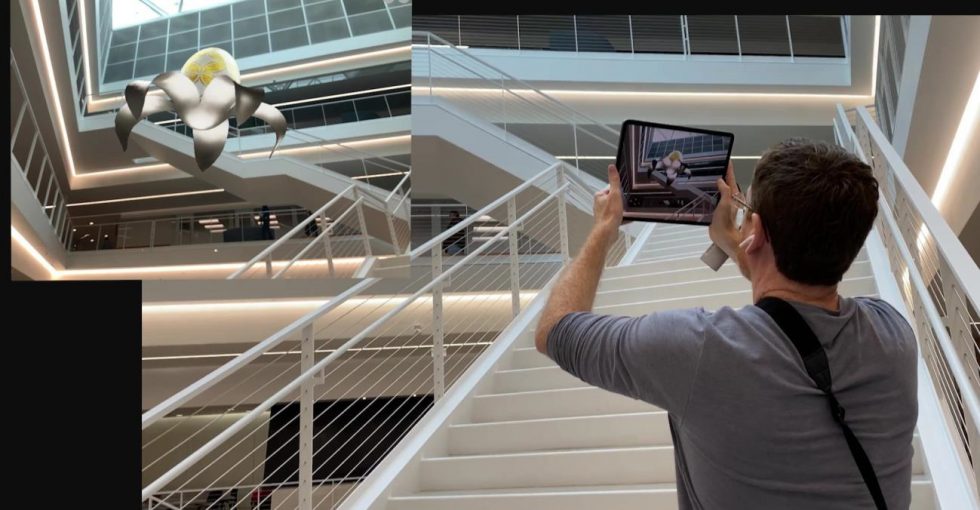
The metaverse becomes a platform that is not bound to a specific place, neither physical nor digital. “Ultimately, it’s about creating a different reality, a different world, that’s just as rich as the real world,” Lebaredian says. These ideas are already being implemented with NVIDIA Omniverse, a platform that connects 3D worlds into a shared virtual universe. Omniverse is being used in a growing number of industries for projects such as design collaboration and the creation of “digital twins,” simulations of real buildings and factories.
For example, BMW Group is using NVIDIA Omniverse to create a factory of the future, a perfect “digital twin” that is designed entirely digitally and simulated from start to finish in NVIDIA Omniverse.
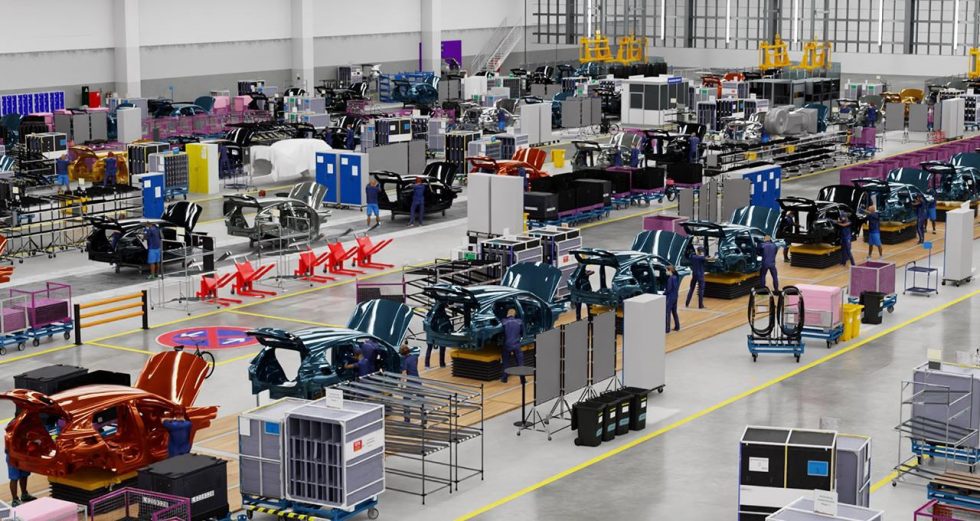
How NVIDIA Omniverse creates and connects worlds within the metaverse
So how does Omniverse work? We can break it down into three major parts. NVIDIA Omniverse combines the Pixar-invented Universal Scene Description Interchange Framework with physics modeling, materials modeling, and real-time path tracking technologies.
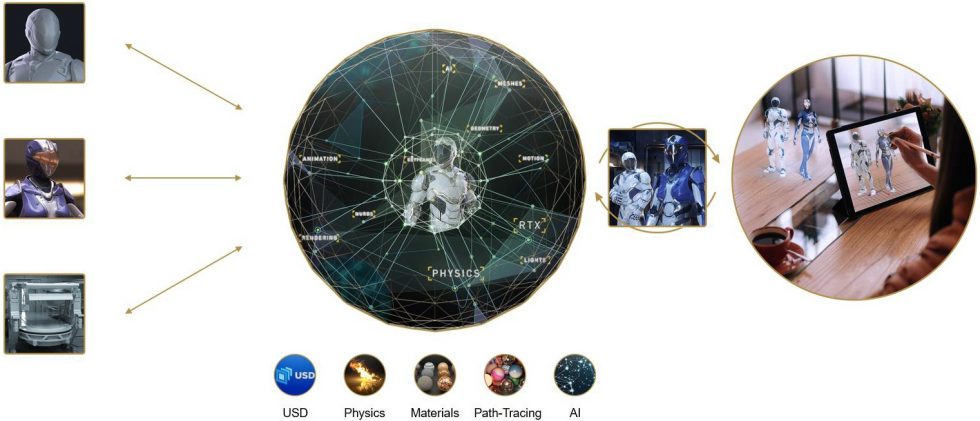
The first part is Omniverse Nucleus. This is a database engine that connects users and allows the exchange of 3D assets and scene descriptions. Once connected, designers working on modeling, layout, shading, animation, lighting, special effects, or rendering can collaborate to create a scene. Omniverse Nucleus is based on USD (Universal Scene Description), an exchange framework developed by Pixar in 2012. Released as open source software in 2016, USD provides a comprehensive, common language for defining, packaging, assembling, and manipulating 3D data for a growing number of industries and applications. Lebaredian and others say that USD is to the emerging metaverse what the hypertext markup language (HTML) was to the Web – a common language that can be used and evolved to support the metaverse. Multiple users can connect to Nucleus and submit and receive changes to their world in the form of USD snippets.
The second part of Omniverse is the composition, rendering and animation engine – the simulation of the virtual world. The picture shows NVIDIA DRIVE Sim in Omniverse.

Omniverse is a platform that is physically based from the ground up. Thanks to NVIDIA RTX graphics technologies, it is fully path-traced and simulates in real time how each ray of light bounces in a virtual world. Omniverse simulates the physics with NVIDIA PhysX. It simulates materials using NVIDIA MDL, the Material Definition Language. Integrated with NVIDIA Omniverse, Marbles at Night is a physics-based demo created with dynamic ray-traced lights and over 100 million polygons.
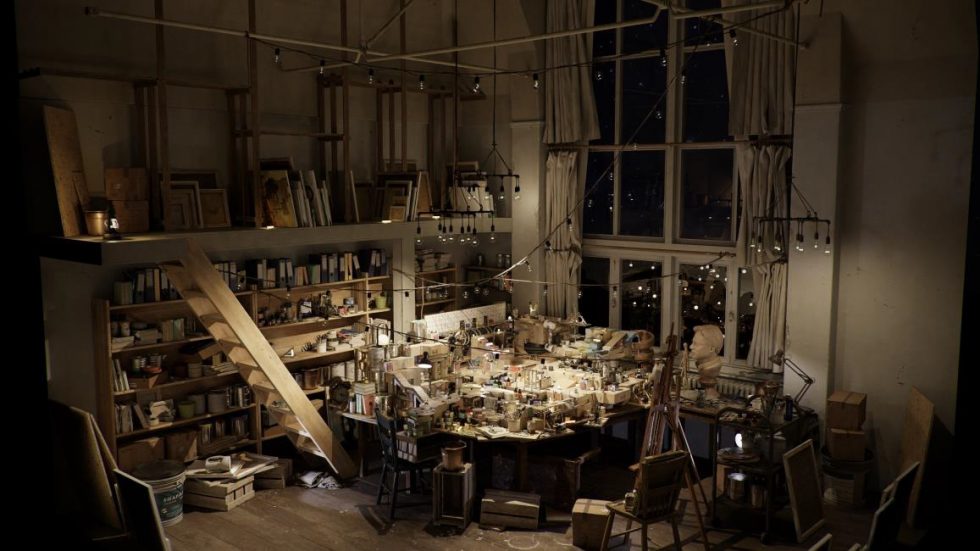
Omniverse is fully integrated with NVIDIA AI (the key to advancing robotics, more on that later). Omniverse is cloud-native, scales across multiple GPUs, runs on any RTX platform, and streams remotely to any device. The third part is NVIDIA CloudXR, which includes client and server software for streaming extended reality content from OpenVR apps to Android and Windows devices, allowing users to join or leave Omniverse.
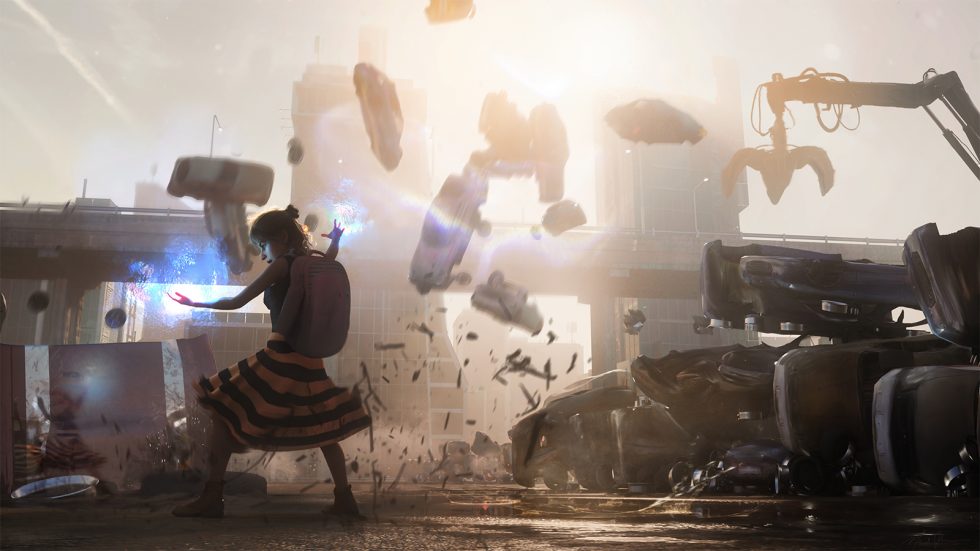
With virtual reality, you can teleport into the omniverse, and with augmented reality, AIs can teleport out of the omniverse. Sounds quite exciting.































1 Antwort
Kommentar
Lade neue Kommentare
Mitglied
Alle Kommentare lesen unter igor´sLAB Community →